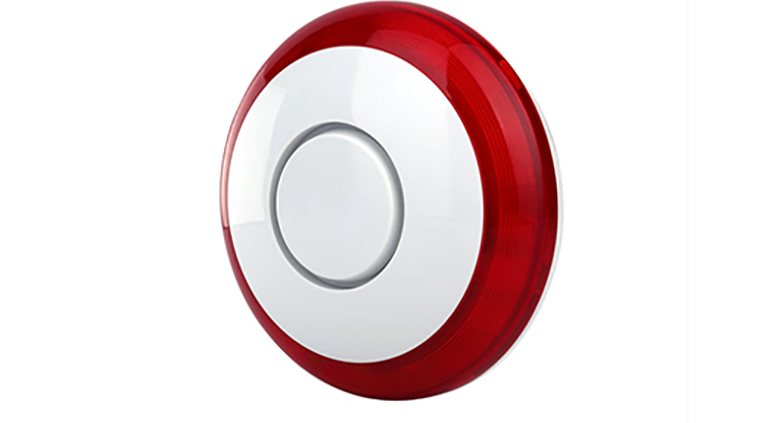WiFi Smart Sensors: The Key to a Smarter and Safer Home
In this guide, we’ll explore how wifi smart sensors work, their benefits, and how to choose the best one for your needs.
What Are WiFi Smart Sensors?
WiFi smart sensors are internet-connected devices designed to monitor environmental changes and send alerts to your smartphone or smart home system. They detect various conditions such as:
- Motion
- Temperature & Humidity
- Water Leaks
- Door & Window Openings
- Air Quality
Unlike traditional sensors that rely on dedicated hubs or wiring, WiFi smart sensors connect directly to your home network. This makes them easy to install and manage from anywhere.
How Do WiFi Smart Sensors Work?
These sensors continuously collect data and transmit it over WiFi. When a sensor detects a change—such as a water leak or unexpected motion—it instantly sends an alert to your phone or triggers a connected smart device.
For example:
- A motion sensor can turn on lights when you walk into a room.
- A temperature sensor can adjust your thermostat for comfort and energy savings.
- A water leak sensor can send an emergency notification before damage occurs.
Many of these sensors integrate with smart home platforms like Amazon Alexa, Google Assistant, and Apple HomeKit, allowing you to automate routines effortlessly.
Why Should You Use WiFi Smart Sensors?
WiFi smart sensors offer multiple advantages, making them a must-have for modern homes.
1. Improved Home Security
Smart sensors detect intrusions, window/door openings, or unusual activity. They send instant alerts, helping you act fast to protect your home.
2. Better Energy Efficiency
By monitoring temperature and humidity, these sensors help regulate heating and cooling systems, reducing energy waste and lowering your electricity bill.
3. Remote Monitoring from Anywhere
Since these sensors connect to WiFi, you can check on your home anytime, from anywhere using a mobile app. Whether you’re at work or on vacation, you’ll always stay informed.
4. Easy Smart Home Integration
Many WiFi sensors work seamlessly with other smart devices. For instance, a motion sensor can turn on cameras or trigger smart alarms when suspicious activity is detected.
5. Simple Installation, No Extra Hub Required
Most WiFi smart sensors are plug-and-play, meaning you don’t need technical expertise or professional installation.
Popular Types of WiFi Smart Sensors
There are different types of WiFi smart sensor designed for various home applications. Here’s a look at the most common ones:
1. Motion Sensors
- Detect movement and trigger alarms, lights, or cameras.
- Ideal for security systems and smart lighting automation.
2. Temperature & Humidity Sensors
- Monitor climate conditions in your home.
- Automatically adjust thermostats or humidifiers to improve comfort.
3. Water Leak Sensors
- Detect leaks near sinks, washing machines, or water heaters.
- Send alerts to prevent costly water damage.
4. Door & Window Sensors
- Notify you when doors or windows are opened.
- Useful for security and energy conservation.
5. Air Quality Sensors
- Measure pollutants, CO2 levels, and allergens.
- Help maintain a healthy indoor environment.
How to Choose the Best WiFi Smart Sensor
When selecting a WiFi smart sensor, consider these key factors:
1. Compatibility
Make sure the sensor works with your smart home system (Alexa, Google Home, or Apple HomeKit).
2. WiFi Range & Connectivity
Check if your home’s WiFi signal is strong enough where you plan to place the sensor.
3. Power Source
Choose between battery-powered (flexible placement) or plug-in models (no battery changes needed).
4. Custom Alerts & Automation
Look for sensors that allow personalized notifications and automated responses.
5. Ease of Installation
Opt for user-friendly sensors that you can set up in minutes without professional help.
Final Thoughts
WiFi smart sensors are a powerful and convenient way to automate your home, improve security, and save energy. Whether you need motion detection, climate control, or leak prevention, these devices provide peace of mind and smarter home management.



